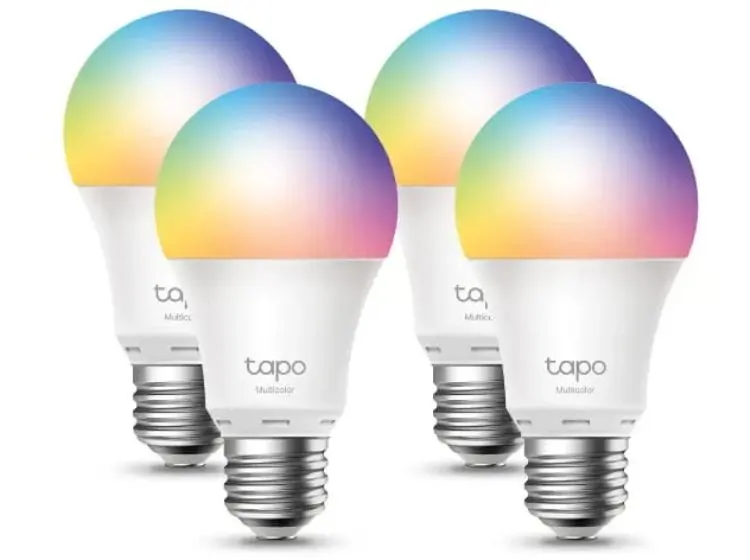
As the use of Internet of Things (IoT) devices like smart bulbs becomes more prevalent, ensuring robust security and privacy measures is crucial to safeguard users. IoT devices, including smart bulbs, connect to Wi-Fi networks, raising concerns about potential security breaches. Recent findings reveal that smart bulbs are particularly vulnerable to cyberattacks, which, if exploited, can lead to significant consequences.
Exploiting Weaknesses in Smart Bulbs
Researchers from the UK and Italy have discovered four critical vulnerabilities within TP-Link’s popular L530E smart bulb and its Tapo app. The vulnerabilities expose a serious security risk associated with smart IoT devices. By exploiting these vulnerabilities, hackers can potentially infiltrate Wi-Fi networks, compromising sensitive data and even pilfering Wi-Fi passwords. With unauthorized access, hackers could manipulate other connected IoT devices, wreaking havoc and breaching security.

Identified Vulnerabilities in TP-Link Tapo L530 and Tapo App
The research researchers from the University of London and the Universita di Catania revealed four key vulnerabilities in the Tapo L530 smart bulb and its corresponding app:
- Authentication Shortcoming: The L530 bulb lacks proper authentication, allowing hackers to imitate the device during the session key exchange. This flaw can result in extracting users’ Wi-Fi SSID and using it maliciously.
- Shared Secret Exposure: With a CVSS v3.1 score of 7.6, attackers can obtain a hard-coded short checksum shared secret by brute-forcing the Tapo app, which leads to unauthorized access.
- Predictable Cryptographic Scheme: Due to insufficient randomness during symmetric encryption, the device’s cryptographic scheme becomes predictable.
- Lack of Message Freshness Checks: Flaws in message authentication and the storage of session keys for 24 hours enable attackers to replay messages, undermining security.
Mitigating the Risk
In response to these findings, TP-Link has released an official statement acknowledging the vulnerabilities. The company has already deployed new firmware and app updates to address these security gaps. Users can update the Tapo App from the Google play store and the App store and visit the TP-Link support page to update the L530 smart bulb firmware.

If you own the Tapo L530 smart bulb, it’s essential to promptly update both the device firmware and the Tapo app to ensure your security and protect against potential breaches.

0 Comments